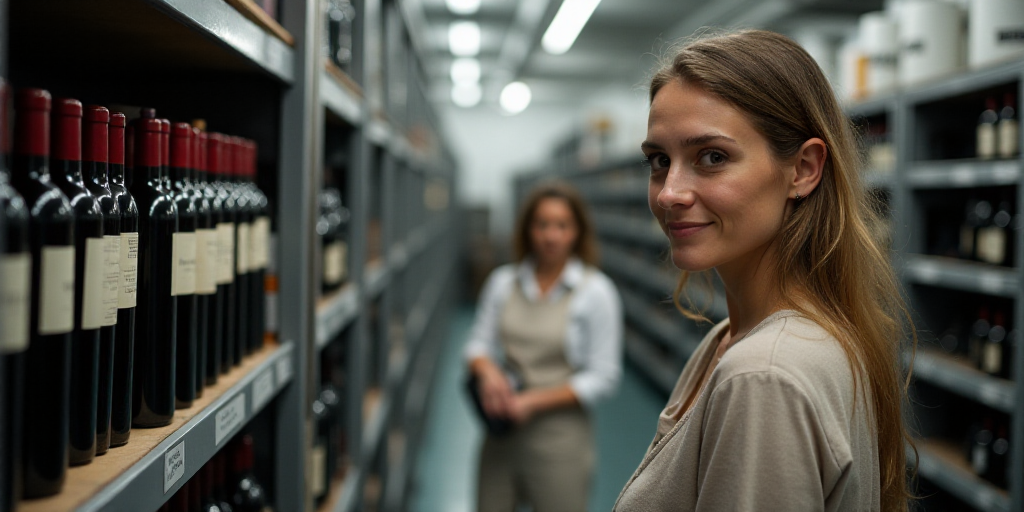Introduction
Querétaro, Qro. The local wine industry has had a significant year in its strategy to position Queretan wine in the market. However, it also faces challenges due to high taxes on wine and a saturated market of imported wines. Eugenio Parrodi Wiechers, president of the Queretaro Vitivinicultural Cluster (CVQ), explains that 2025 has been a difficult year for the global wine sector. Despite this, he predicts growth for the state’s wine industry but anticipates a more cautious approach compared to previous periods.
Challenges
Competition and Taxes:
One of the main challenges for the sector is the competition posed by imported wines and the high cost associated with taxes on domestic wine. Parrodi Wiechers emphasizes that nearly 50% of a bottle’s price is tax, making it difficult for Mexican wines to compete on price. Instead, the industry focuses on quality as its primary differentiator.
The Indication Geographic Protected (IGP) status received by Queretaro’s wine region plays a crucial role in this strategy. The CVQ president has been advocating for reducing the Impuesto Especial sobre Productos y Servicios (IEPS) tax on wine to make it more accessible to consumers.
A recent initiative by federal deputy Tania Palacios Kuri proposes reducing the wine tax from 26.5% to 10%, aiming to boost the competitiveness of Mexican wines.
Market Positioning
This year, the state’s wine sector has successfully established Queretan wine’s presence in the market. In March, the Mexican Institute of Industrial Property (IMPI) granted the IGP to Queretaro’s wine region, distinguishing its unique characteristics and qualities.
This is the first IGP for wine in Mexico and a project the cluster has been pushing for over three years. The region is growing significantly, with Queretan wine gaining more recognition from consumers.
The local sector’s growth is supported by enotourism, one of Queretaro’s primary tourist attractions. Additionally, the traditional harvest season from June to September and the upcoming Queretan Wine Festival in October further bolster the industry.
Queretaro now produces 3.5 million bottles of wine annually, placing it third in the country. The state boasts approximately 600 hectares of vineyards across eight municipalities with wine-producing potential, and four more with characteristics suitable for production.
Queretaro’s IGP is distinguished as the southernmost wine region in the northern hemisphere, known for its extreme viticulture influenced by hail risks, summer rains causing nighttime temperature drops, microclimates, and the effects of altitude and soil.
Key Questions and Answers
- What challenges does Queretaro’s wine industry face in 2025? The main challenges include high taxes on wine and stiff competition from imported wines. The CVQ president, Eugenio Parrodi Wiechers, has been advocating for reducing the IEPS tax to make Mexican wines more accessible.
- What is the significance of the Indication Geographic Protected (IGP) status for Queretaro’s wine region? The IGP status distinguishes Queretaro’s wine region as the southernmost in the northern hemisphere, known for its extreme viticulture influenced by factors like hail risks, summer rains, microclimates, altitude, and soil characteristics. This status helps position Queretan wine in the market by emphasizing its unique qualities.
- What recent initiative aims to boost the competitiveness of Mexican wines? Federal deputy Tania Palacios Kuri proposed reducing the wine tax from 26.5% to 10%, aiming to enhance the competitiveness of Mexican wines in both domestic and international markets.






